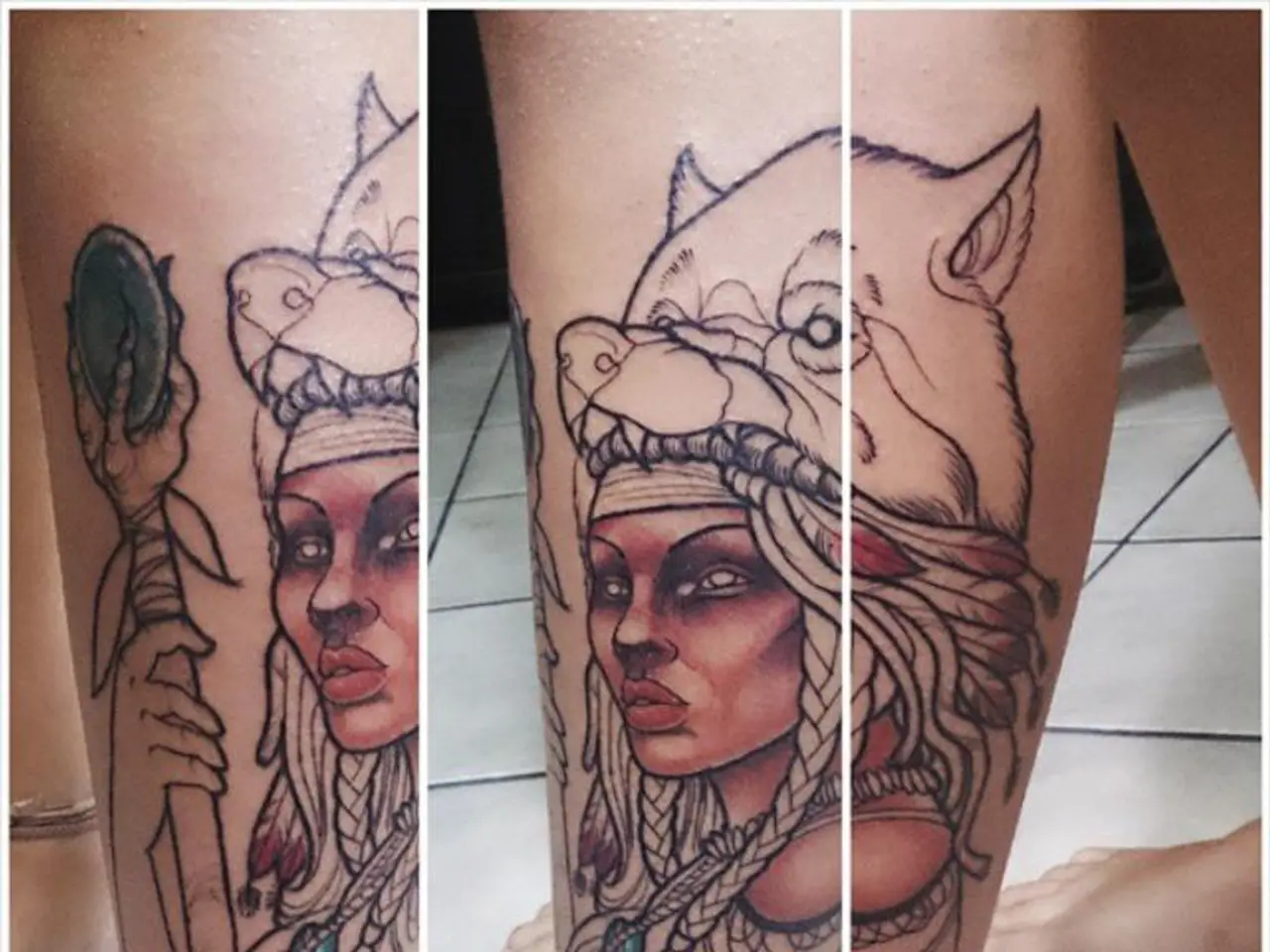Life Expectancy, Symptoms, and Root Causes of Cornelia de Lange Syndrome
Cornelia de Lange Syndrome (CdLS) is a rare genetic condition that affects approximately 1 in 10,000-30,000 newborns. First described by Cornelia Catharina de Lange, the condition is caused by in DNA sequences that affect the production of certain proteins.
Infants with CdLS often present with a range of symptoms, including low birth weight, low set ears, a small skull, and long eyelashes that may be curly. They may also experience global developmental delay (GDD), which involves a significant delay in two or more developmental areas.
One of the key challenges in managing CdLS is the diverse array of symptoms it presents. However, treatment for CdLS is primarily supportive and focused on managing symptoms, as there is no cure for the syndrome.
The treatment approach for CdLS is multidisciplinary, involving a variety of healthcare professionals. Speech-language therapy (SLP) plays a crucial role in supporting verbal speech development where possible and teaching alternative communication methods such as sign language or gestures to help individuals communicate effectively.
Routine medical care is also essential, addressing feeding difficulties, growth issues, developmental delays, behavioral problems, and any associated medical conditions. Care guidelines vary by age, covering infancy through adulthood, and emphasize tailored support as the patient grows.
In addition to medical and speech-language care, family and caregiver support is vital. Resources, individualized guidance, and help navigating healthcare systems ensure consistent and comprehensive management of symptoms for both individuals with CdLS and their families.
People with CdLS may experience a range of cardiac symptoms, including heart murmurs, atrial or ventricular septal defects, pulmonary stenosis, and coarctation of the aorta. Gastroesophageal reflux disease (GERD) and constipation are common gastrointestinal issues, while hirsutism (excess body hair) is a common symptom. Scoliosis affects approximately 39% of people with CdLS.
Infants with CdLS may benefit from physical therapy, occupational therapy, and speech therapy to address motor, sensory, and communication challenges. Regular hearing and vision screenings are also recommended for all infants with neurodevelopmental conditions.
While research is ongoing, the current clinical focus for CdLS remains on early intervention, supportive therapies, and symptom management to optimize development and daily functioning rather than curative treatments. With a comprehensive and coordinated approach, it is possible to improve the quality of life for individuals with CdLS and their families.
1.Genetics plays a crucial role in the development of Cornelia de Lange Syndrome (CdLS), a rare genetic condition caused by mutations in specific DNA sequences that affect protein production.2. Along with traditional medical-conditions treatments, mental-health support, skin-care routines, and therapies-and-treatments like speech-language therapy are essential for managing the diverse symptoms of CdLS.3. As part of the multidisciplinary treatment approach for CdLS, nutrition and fitness-and-exercise plans are vital for maintaining overall health and wellness, with the aim to manage chronic diseases and promote a balanced lifestyle.4. Medicare coverage can help cover the cost of CdLS-related treatments, including therapies and medical-conditions care, speech-language therapy, and neurological-disorder treatments.5. CBD oil, a popular supplement used for managing pain and anxiety, may offer potential benefits for people with CdLS, as some evidence suggests it could help improve symptom management, especially for those with seizure disorders.6. Regular screening for conditions like heart defects, hirsutism, GERD, constipation, and scoliosis is necessary for individuals with CdLS, as these are common health issues associated with the condition.7. In the quest for better understanding and more effective treatments for CdLS, science continues to be a valuable resource, with researchers focusing on the genetics of the disorder, as well as new avenues like gene therapies and cell-based treatments.




